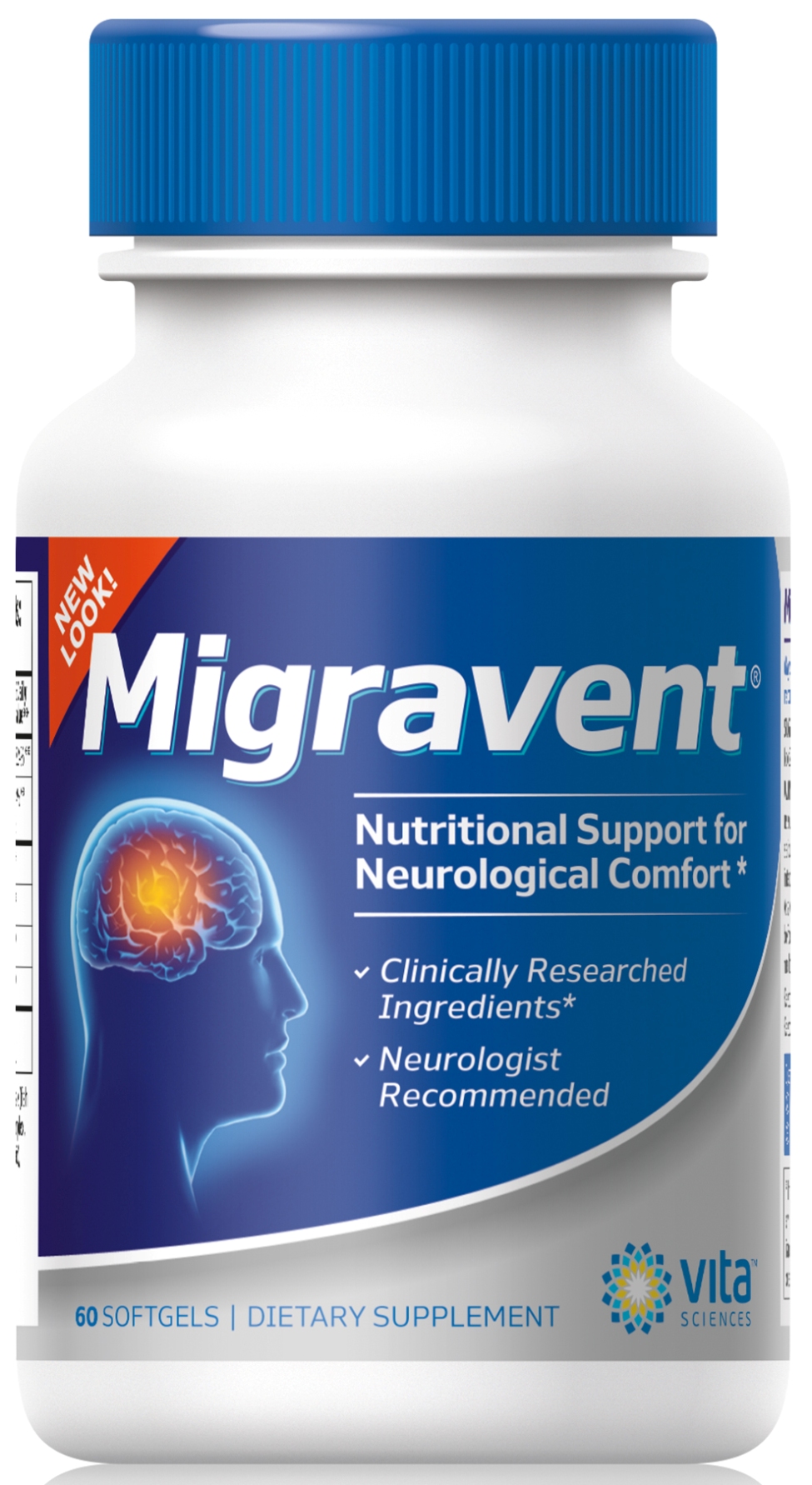If chronic pain is triggered by emotions, then does that mean that migraines are a mental illness? Do people who suffer from fibromyalgia just need to de-stress? People have many misconceptions about chronic pain, half-truths that stem from the brain-pain connection.
Chronic pain is widespread. Migraines inflict millions of people with frequent, debilitating headaches, nausea, and fatigue. Out of all migraine sufferers, approximately 75% are female. Unlike common acute headaches, migraine attacks begin in the brain as a result of a neurological disorder, and are usually hereditary. Migraines become “chronic” when they occur over 15 times each month, for a period of at least 3 months.
Chronic pain triggers. Much of chronic pain is influenced by specific “triggers” that increase your likeliness to suffer from a migraine or a fibromyalgia flare-up. Chronic pain triggers don’t cause migraines– we’re not able to say with conviction exactly what causes chronic pain symptoms, but we do understand that certain things like emotions and thought have a huge effect on their outcome, and how we respond to medication.
#1: Stress increases pain.
The brain is the root of all chronic pain, as it continuously receives messages from neurotransmitters all over your body that relay information about pain…and emotions. In perceiving pain signals, the brain takes into account both physical and emotional cues at the same time.
Overwhelmingly, pain is exacerbated by stress, anxiety, depression, panic, vulnerability, and guilt.
Migraine Triggers in Post-Traumatic Stress Disorder (PTSD)
#2: Pain is never just “made up.”
The fact that emotionally-triggered pain cannot be viewed from an MRI or X-ray doesn’t make it any less real. Whether pain is caused by tense muscles, arthritis, a fractured hip, or a migraine set off by a hectic work schedule, chronic pain is in every case irrefutably real for the sufferer, even if it’s not always evident through diagnostic imaging.
#3: Positive reinforcement works.
Accepting that emotions like anxiety and depression can trigger migraines or other types of chronic pain, the next logical conclusion is that the power of thought can also be used to decrease or prevent pain. This is true to a certain extent.
Consider the placebo effect– if you believe that a certain medication will work, you increase your own odds of recovery. This has been proven in countless studies, where sufferers of chronic pain who were optimistic not only responded well to treatment, but they also learned how to cope better with their pain symptoms on a daily basis than people with the same ailments who help a more negative view.
Much of chronic pain recovery relies on your mood, which you can manage effectively by repeating positive affirmations.
Instead of, “I hope I don’t get a migraine attack,” switch to, “If a migraine happens, I will deal with it.”
Your turn!
Do you have any questions or suggestions? Please leave your comments below.
Share with your friends!
If you found this article helpful, then please share with your friends, family, and coworkers by email, Facebook, or Google+.
Like this? Read more:
Can Anxiety Attacks cause Migraines?
Migraines, Women, and Depression: 9 Myths and Truths
Sources:
Chronic Pain: It Is All in Your Head, and It’s Real
Image(s) courtesy of Victor Habbick/FreeDigitalPhotos.net



